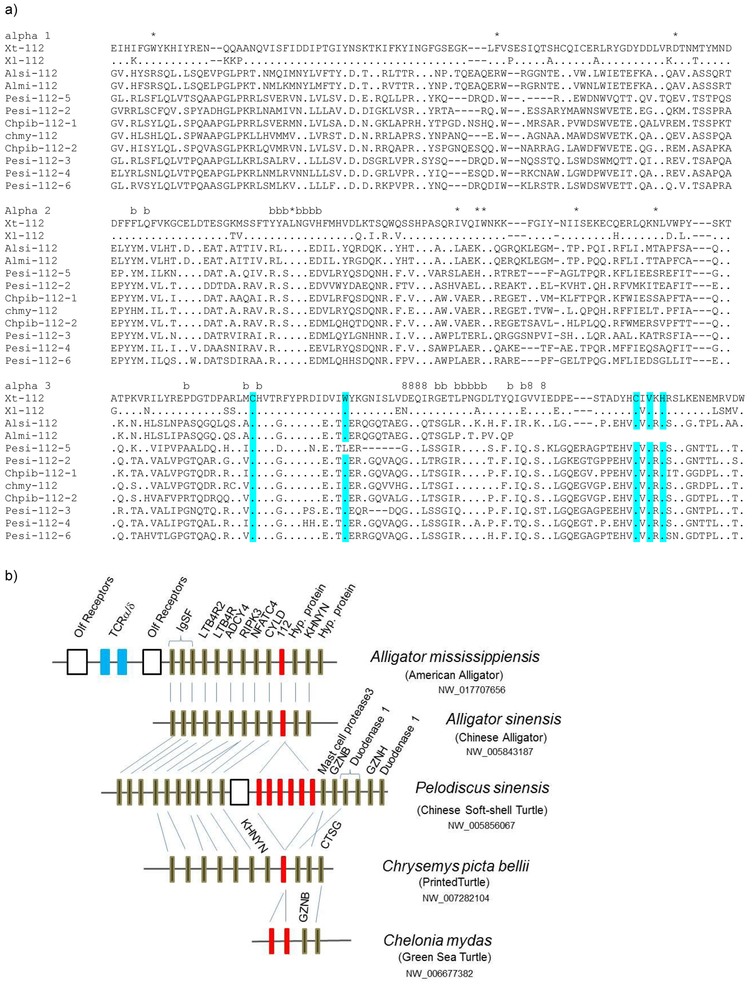Figure 2. Evolutionarily conserved MHC class Ib112 among lower vertebrates.
a) Alignment of the class Ib112 genes from Xenopus and reptiles. Dots show residues identical to X. tropicalis 112. Dashes show deletions. *, 8, and b denote peptide-binding residues that are evolutionary conserved among classical class Ia, CD8 binding sites, and beta-2 microglobulin binding sites, respectively. Typical conserved amino acid residues for IgSF domains are highlighted in blue. GenBank accession numbers (obtained from ncbi.nlm.nih.gov) of the class Ib112: Chmy (Chelonia mydas: Green sea Turtle) XP_007069382; Pesi (Pelodiscus sinensis: Chinese soft-shell turtle) XP_014430793, XP_006126776; XP_014430792, XP_014430791, XP_014430790, XP_014430790; Chpib (Chrysemys picta bellii: painted turtle) XP_005313900, XP_008175642; Alsi (Alligator sinensis: Chinese Alligator) XP_006037953; Almi (Alligator mississippiensis: American Alligator) XP_019343116.
b) Conserved synteny of class Ib112 in amphibians and reptiles. Each box indicates a single gene. Red boxes represent the 112 class Ib genes: The number of genes varies depending on the species, and these genes could only be found in amphibian and reptiles. Data were retrieved from NCBI (www.ncbi.nlm.nih.gov/gene/).

